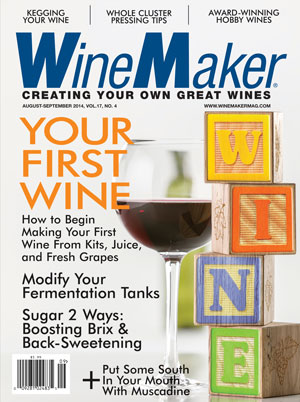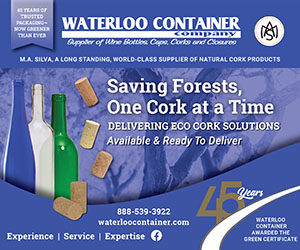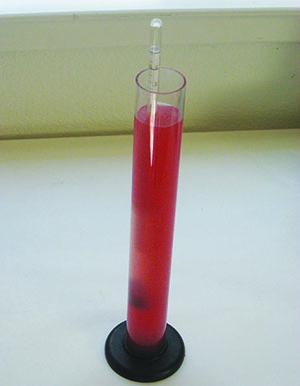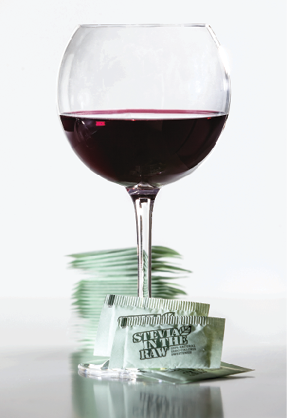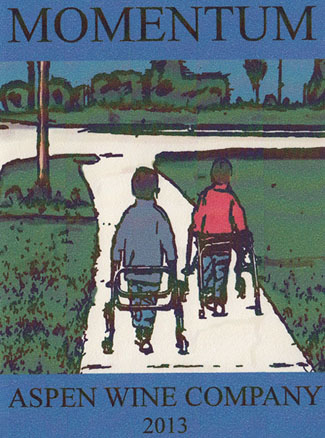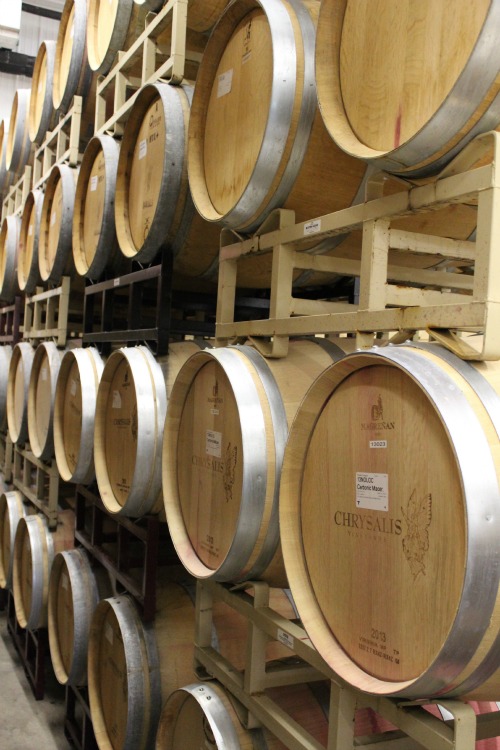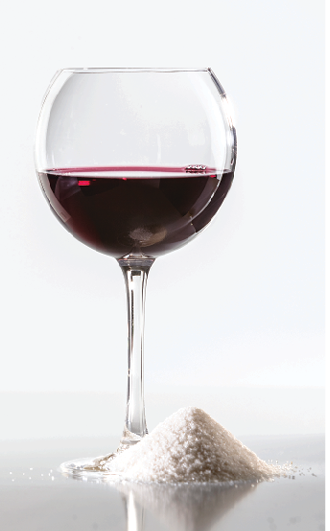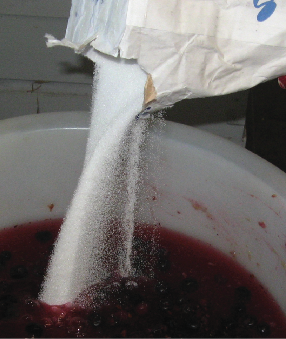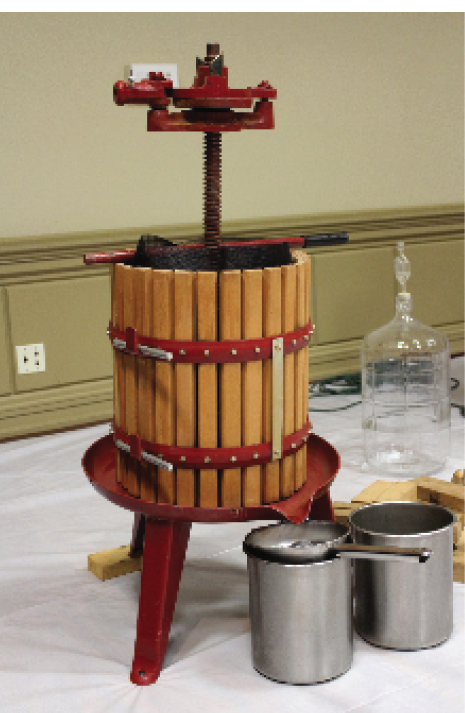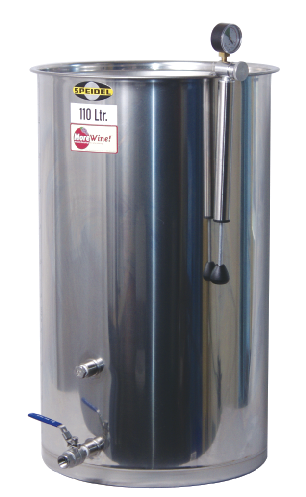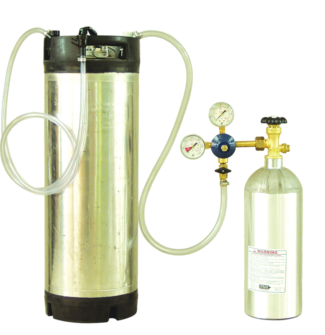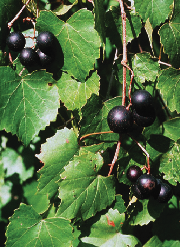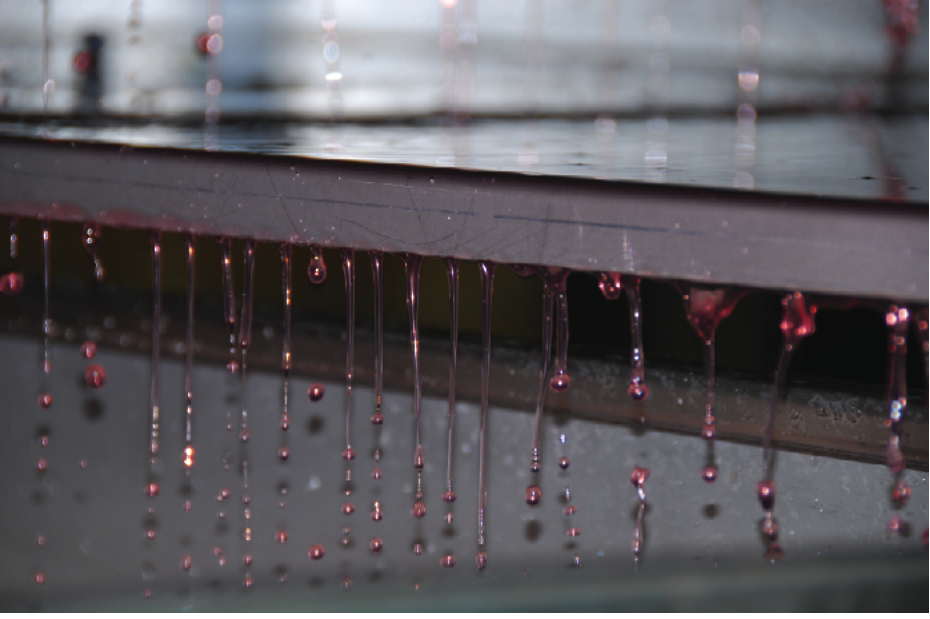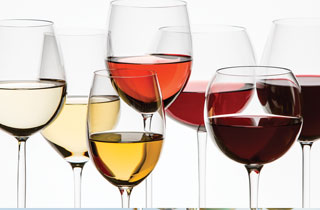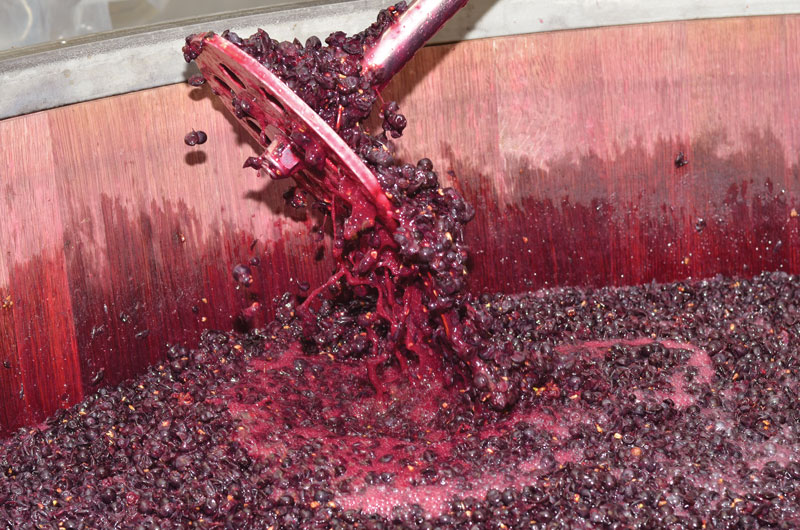Aug-Sep 2014
Alternative Sweeteners, Pomace Compost, and Stuck Fermentations: Wine Wizard
QI grow and make Cabernet Sauvignon and Merlot in southwest Idaho. The season is intense but short. In order to reach decent ripeness (~25 °Brix), I have been growing with a very
Stuck Fermentations
Before you start going crazy with a fermentation restart protocol, are you sure that it is really stuck? The first thing that I would advise you to do is to taste and
Pomace Compost
Pomace, which is the skins, seeds and stems leftover from wine processing and pressing, can indeed be returned to the field as a soil amendment. You deposit it in a thin layer
Alternative Sweeteners, Pomace Compost, and Stuck Fermentations
If you add some kind of sweetener that is fermentable (table sugar, grape concentrate, maple syrup, honey, etc.) you risk an uncontrolled re-fermentation in the bottle, which is never fun.
Momentum
Hope, strength and faith are the story behind Bob and Sonya Evanosky’s Momentum wine label.
Fermentation Troubleshooting with Wine Kits
The failure rate of wine made from kits is very low. Looking back at my database for the last 14 years and eliminating the weirder stuff (you simply would not believe how
Back Sweetening Wine Techniques
In ancient Greece and Rome, honey was sometimes stirred into wine just before serving. Maybe they just liked the taste of honey. More likely, though, the sweetness of the honey corrected some
Chaptalization and Fermentation
Jean-Antoine Chaptal lacked one major benefit we enjoy today: The work in microbiology by Louis Pasteur. (Chaptal lived from 1756 to 1832 and Pasteur lived from 1822 to 1895.) Chaptal was, nonetheless,
Making Your First Wine
first wine, beginner winemaking
Using Variable Volume Wine Tanks
Over the past few years I have made larger and larger batches of wine, and as a result the number of carboys I use has really added up. Each year I try
Kegging Your Wine
While kegged wine has become fairly common in some bars, home winemakers still traditionally bottle. Learn some of the basics to kegging your wine.
Muscadine: A taste of the South
Muscadine is a grape variety from the South that is used in many culinary recipes, but also makes a fine wine.
Alternative Sweeteners
I hear you on the high pH/high TA unbalanced wine issue. I myself have dealt with some vineyards and some wine lots where I have had to add so much tartaric to
Whole Cluster Pressing: Tips from the Pros
Whole cluster pressing (foregoing the step of crushing and destemming the grapes) is most often done to make high-end white wines. The technique creates a more delicate and less astringent wine by
Bottling Your First Batch
An introduction into bottling your first batch of wine.

